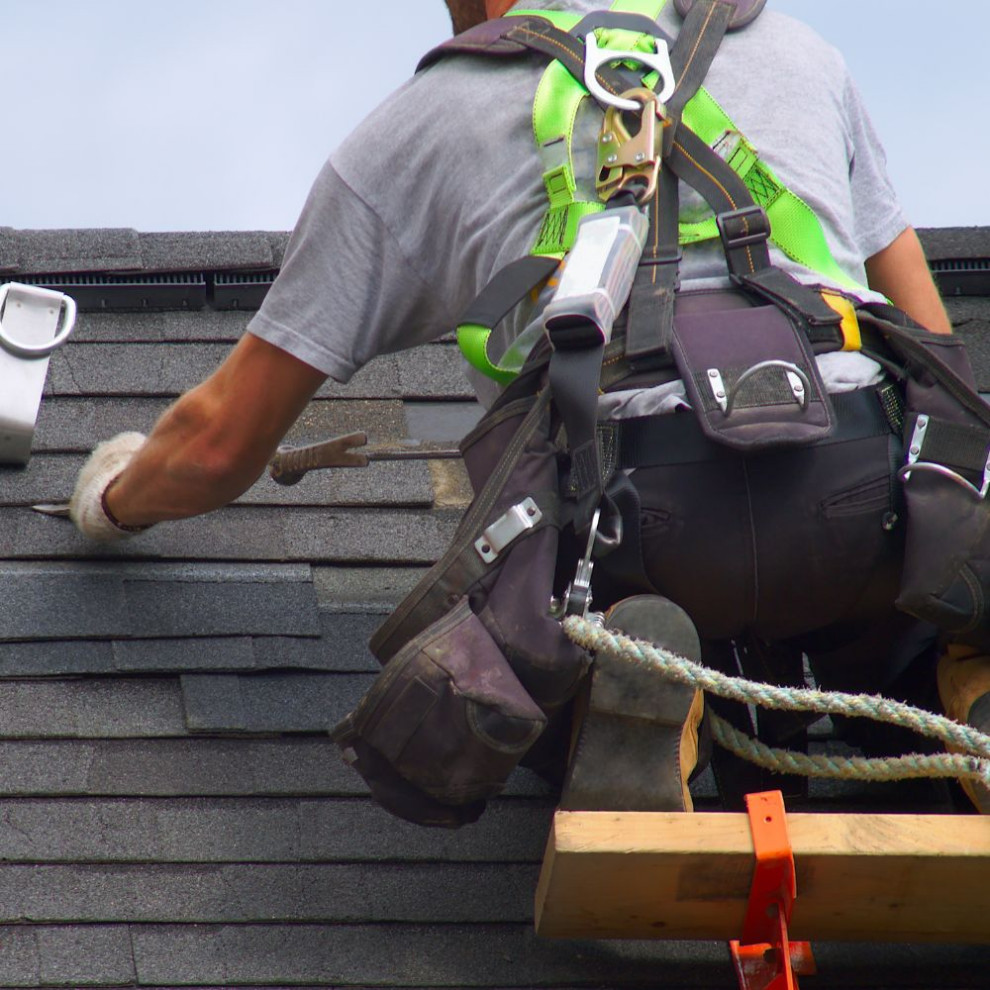New Builds, Remodels, & Additions: Call Us for a Home Transformation!
Request ConsultationRoof is Leaking: Here’s What You Need to Do Right Now

We all know that feeling when you spot that dreaded water stain on the ceiling. It's enough to make any homeowner's heart skip a beat. But don't worry, we’ve got this! Here’s a step-by-step guide to help you tackle that leaky roof and keep your home safe and dry.
First Things First: Stay Calm and Act Fast
1. Catch the Drips:
- Grab a bucket, pan, or any container you’ve got handy and place it under the leak to catch the water.
- Move any furniture, electronics, or valuables out of the way. Let’s keep the damage to a minimum.
2. Minimize Damage:
- Use towels, mops, or even your trusty shop vac to soak up any standing water.
- If your ceiling is sagging from the water, poke a small hole to let it drain into a bucket. This can prevent a bigger mess down the road.
3. Find the Leak:
- If you can do it safely, head up to the attic and look for the source of the leak.
- Check for water stains, wet insulation, or even a steady drip. Every clue helps.
What to Look For
- Shingle Problems: Missing, cracked, or curled shingles can be an open invitation for water.
- Flashing Issues: Areas around chimneys, vents, and skylights are prime suspects for leaks.
- Gutters and Downspouts: Make sure they’re not clogged and are doing their job directing water away from your roof.
- Roof Valleys: These spots handle a lot of water flow and can be vulnerable.
- General Wear and Tear: Any signs of wear can mean trouble.
Tips to Prevent More Damage
1. Quick Fixes:
- Use roofing tape or sealant to patch up the hole or crack temporarily.
- Secure a tarp over the damaged area. Use roofing nails and some heavy-duty weights to keep it in place.
2. Routine Maintenance:
- Schedule regular roof check-ups, especially after storms.
- Keep those gutters clean and clear.
- Trim back any tree branches hanging over your roof. Less debris means fewer problems.
Getting Insurance Involved
1. Document Everything:
- Take clear photos and videos of the damage.
- Keep any receipts and records of the temporary fixes you’ve done.
2. Know Your Policy:
- Familiarize yourself with your insurance coverage, including deductibles and what kinds of damage are covered.
- Some policies cover sudden damage, like from a storm, but not issues from wear and tear.
3. Call Your Insurance Company:
- Report the damage as soon as you can.
- Provide all the necessary documentation.
- Schedule a visit from an adjuster to inspect the damage.
DIY Emergency Roof Leak Stop
If you need to stop that leak in a pinch and it’s safe to do so, here’s a quick fix:
1. Find the Source:
- Locate the exact spot where the water is coming in.
- Use a flashlight in the attic if you need to trace the water path.
2. Apply a Tarp:
- Cover the damaged area with a waterproof tarp.
- Make sure the tarp extends at least 4 feet beyond the damaged spot and over the ridge if possible.
- Secure it with nails, screws, or heavy-duty weights.
3. Use Roofing Cement:
- For smaller leaks, apply roofing cement directly to the hole or crack.
- Smooth it out with a trowel to ensure a good seal.
4. Replace Missing Shingles:
- If you have spare shingles, replace any missing or damaged ones.
- Slide the new shingle under the one above it and nail it down.
- Seal the edges with roofing cement to keep water out.
Seal the Deal with HoneyB Construction
A leaky roof is no fun, but with a little know-how and quick action, you can handle it like a pro. Regular maintenance, prompt repairs, and understanding your insurance policy are key to keeping your home safe and dry.
Don't let a small leak turn into a big problem. Contact HoneyB Construction for all your roofing needs. Our team of experts is ready to provide fast, reliable service and ensure your home stays protected from the elements.
